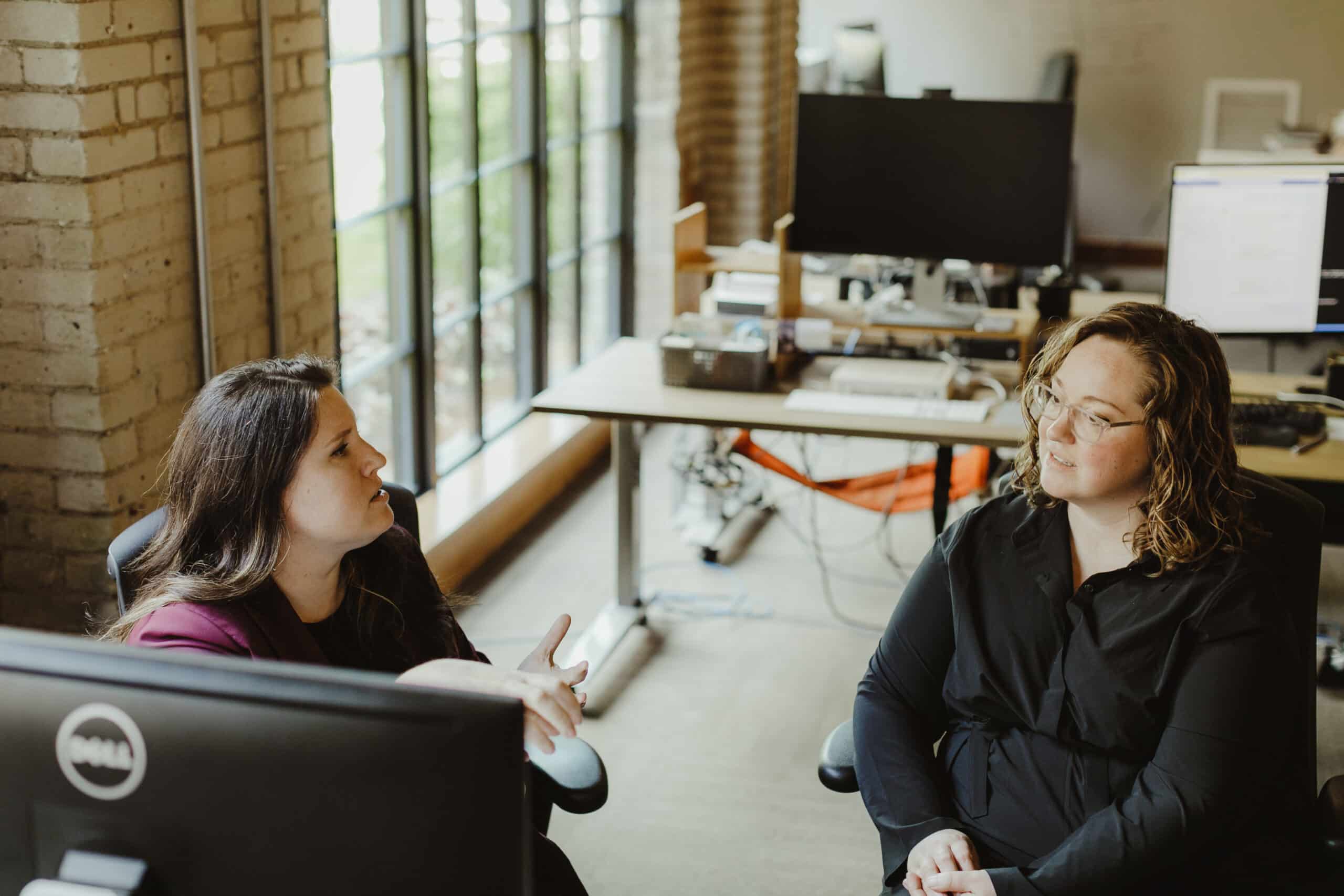As market uncertainty continues, leaders face choices. They must choose where to conserve, what to cut, and how to create certainty for their business and customers. It can seem like an efficiency game. How do we get the most for the least? It may mean rolling back processes to return to a predictable ROI. So, where does innovation fit into this picture?
How do we balance investment in growth and the future with the productivity that we need today? Remember that, when this uncertain time fades away, customer experience and exceptional service or product offerings will still be top differentiators.
Focus on your “why.”
A great business has a clear “why,” a reason customers choose them over the competition, even if that means paying a little more. In uncertain times, continue to stay close to your customers. Understand the reasons they keep coming back and the ways your company can provide additional value.
By prioritizing innovation programs centered around the “why,” companies leverage their unique capabilities and existing customer base to drive growth vs. seeking out new customers and potential ROI. It’s a balance of investing in core systems and products AND new opportunities to create value with customers you’re already close to.
Move fast.
Innovate is a verb. It’s in motion. Whether in research, prototyping, testing, or building, get to the core components of an idea. And, get scrappy about validating or invalidating assumptions straight away.
At Atomic, we refer to this as a through-line. It’s our shorthand among teams to mean the core parts of a user experience that make it possible to use. Focusing on the through-line prioritizes only what is critical to delivering value. It allows teams to build something in a few weeks, even a couple of months, and start using it, which is the best way to see if it will work in reality.
While this work is fast-paced and often ambiguous, it’s incredibly rewarding in terms of insights and muscle teams and leaders build in bringing new ideas to market.
Leverage what you have, and ask for what you need.
The Strategic Cascades model outlined in Roger Martin’s book, Playing to Win, states how businesses’ capabilities support how they’ll win. In turn, this supports where they’ll play and, ultimately, the winning strategy. What are your business’s capabilities?
- Do you lead in a production or manufacturing capability?
- Does your business model let you spin up a new team quickly? Can you hit the ground running with a new product idea?
- Is your business an integrator, leveraging partnerships to create value?
These things can spur innovation. Yet, sometimes, businesses just don’t have the resources to act. So, take stock of what you have and ask for what you need.
External experts can help bridge the gap in capacity, skills, or processes, and facilitate discussions that move innovation forward. And, consultants can help get a project off the ground. They’ll evaluate where you’re at, add capacity to a team that needs more support, and get something over the finish line.
Despite market uncertainty, companies that differentiate themselves will continue to evolve, innovate, and deliver a great customer experience. It is never too late to reevaluate where time and money are invested in the business. What innovation will catapult your business to the next level?

